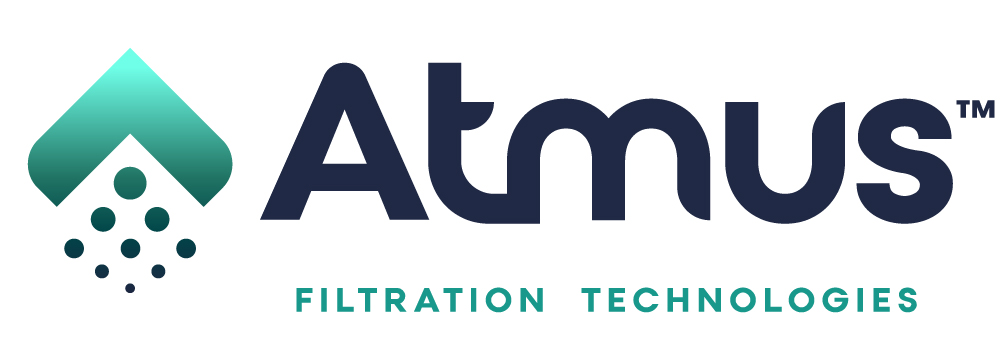5 Ways to Avoid Product Development Pitfalls

One of the key reasons I transitioned from an engineering role at Atmus to the sales team was my ability to translate technical jargon into customer-focused language. But I didn’t anticipate another profound benefit: being in sales brought me new insights into the perspectives of our customers.
My aim now isn’t just to educate and empower customers with product knowledge; it’s to really understand their needs and bring those insights back to the engineering team. Bridging this gap allows our product developments to be exactly what they should be: customer-centered.
So what are the steps to take to ensure product development doesn’t miss the mark? Consider these five ways to avoid the pitfalls and focus on producing the best customer outcomes:
- Collect and incorporate customer feedback. Capturing customer feedback allows you to understand how your customers use your product and determine what they expect and need from it. Without it, there’s no context for why they chose you over a competitor. It’s all guesswork.
Even if you regularly gather customer insights, they won’t translate into useful action if there’s little to no internal collaboration. Building processes for gathering, disseminating and implementing takeaways is crucial to keeping customers at the center of the work.
- Be proactive. Consider building a process for proactively responding to and planning for industry, regulatory and application changes. This can protect your product developments from falling behind before they ever had a chance to get ahead.
At Atmus, we’re constantly adapting alongside our customers, whether it’s to the various fuel types our customers are operating with, or to evolving technologies, regulations and operating conditions. This work doesn’t happen overnight; we have to be ready when our customers are.
- Focus on the user experience. Because we’re all customers, it’s easy to relate. A product can be great, at least in theory; but the user experience needs to be tested and designed with user input. Explore whether the development makes a customer’s life easier or if it causes frustration. You can easily ensure the success of a new product by combining customer insights with robust experience testing before launch.
- Reframe the problem from the lens of customers. Customer insights also provide critical guides as to where to focus your time. Every product you develop needs to address one or more of their core issues. At the same time, your team needs to be aligned on what the true problems are. You don’t want to cut a beloved feature in the next iteration or worse, replace it with something your customers didn’t ask for.
For Atmus, focusing on core customer challenges goes a long way toward preventing wasted time and efforts. Knowing where to focus our efforts allows our teams to innovate creative solutions that truly move the needle.
- Test to real-world conditions. Real-world conditions call for real-world testing. Any “advancement” demands reliable evidence. And reliable evidence takes into account the myriad of dependent variables users encounter in the real world.

My favorite things about being part of the sales team are the proximity to customers and hearing what matters most to them. When your product developments are predicated on their needs, purposes, lived experiences, limitations, unique applications and honest feedback, they’re bound to protect what’s most important to them.



